Top 10 Facts About Skydiving
Skydiving Tips
Posted by: Wisconsin Skydiving Center 3 years ago
Ever play the game telephone? An initial player relays a piece of information or a phrase to someone. That individual then relays what they heard to another, and this continues on for a few people until the message circles back to the initial speaker. Often, by then, the message is nothing like the original message.
Information around skydiving can be a lot like that–a long line of hearsay. For legitimate answers to your skydiving questions, it is best to go straight to the source. From fun-to-know to purely informational, with over 20 years in business, we’ve got the facts about skydiving.
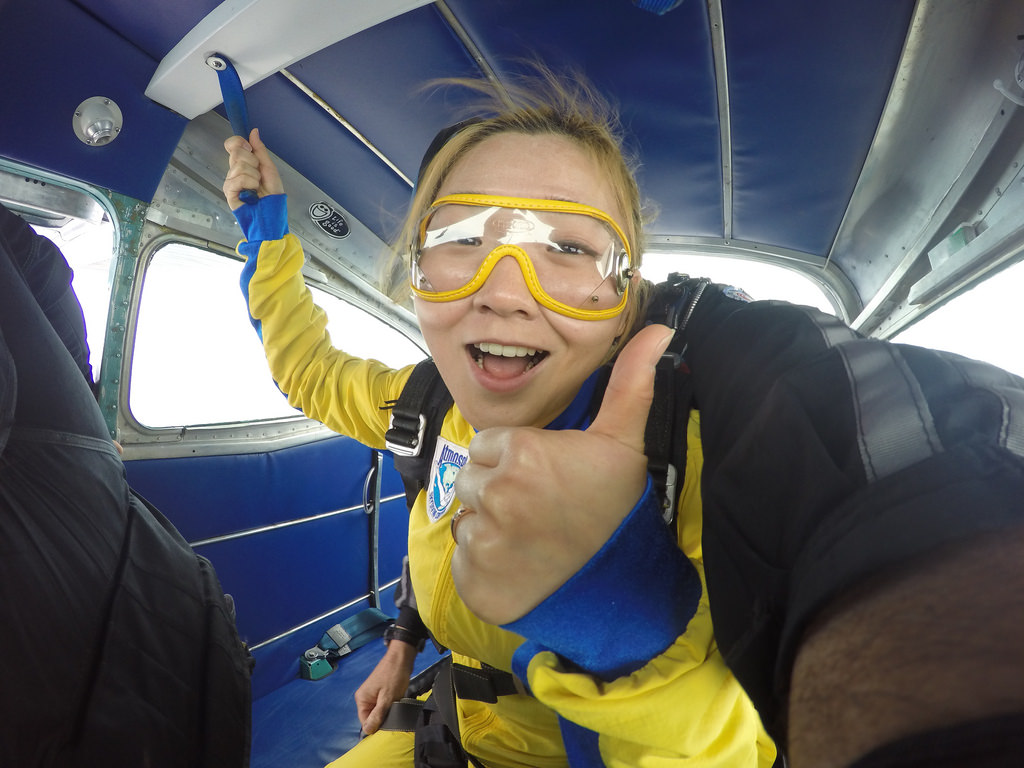
1. How dangerous is a skydive?
Skydiving is not a risk-free activity. However, the risks that are incurred are mitigated greatly through proper training, state-of-the-art equipment, and maintenance. Statistically speaking, the chances of dying from solo skydiving are around 0.00045%. If you are completing a tandem skydive, the risk is 0.0002%.
2. What is fun about skydiving?
Skydiving is fun for a myriad of reasons. Some are drawn to the adrenaline rush. Others are captivated by the challenge. Regardless of the motivation, skydiving pushes people to accomplish things they never thought possible. Just check out some of these amazing pursuits and skydiving fun facts.
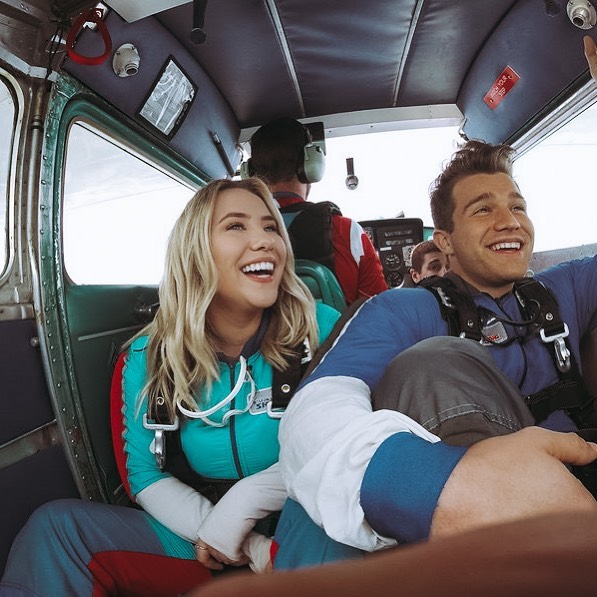
3. Who invented skydiving?
The invention of skydiving had many contributors. In 1485, Leonardo da Vinci sketched the first design for a pyramidal cloth parachute. Later in 1797, the first successful parachute jump was made from a hydrogen balloon by André-Jacques Garnerin. As far as the first true skydive is concerned, there are two people credited with “inventing” skydiving and making the first jump from a powered aircraft: Captain Albert Berry and Grant Morton.
4. How long does the skydive last?
There are different portions of time typically allotted to the different elements of the skydive. The freefall portion of a skydive will last roughly 60 seconds. The parachute ride to the ground will take 5-7 minutes.
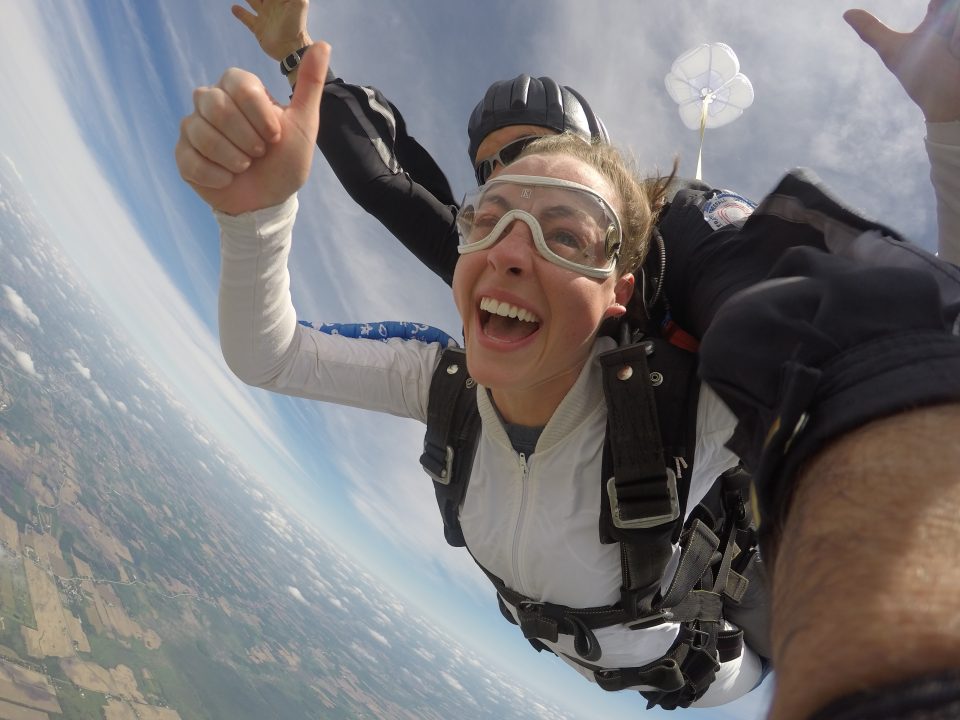
5. What does skydiving feel like?
There is a common misconception that you will experience the stomach drop feeling when you skydive. Luckily, this is not the case. Because you are traveling approximately 90kts (103.57 mph) in the aircraft prior to the jump. Your body will not register the change in your velocity after exit as it would if you had accelerated from a standstill. Here is a bit more on what skydiving feels like.
6. Do they weigh you before you skydive?
Because there are stringent requirements on the weight load that a parachute system can bear, you may be asked discretely to step on a scale before your skydive.
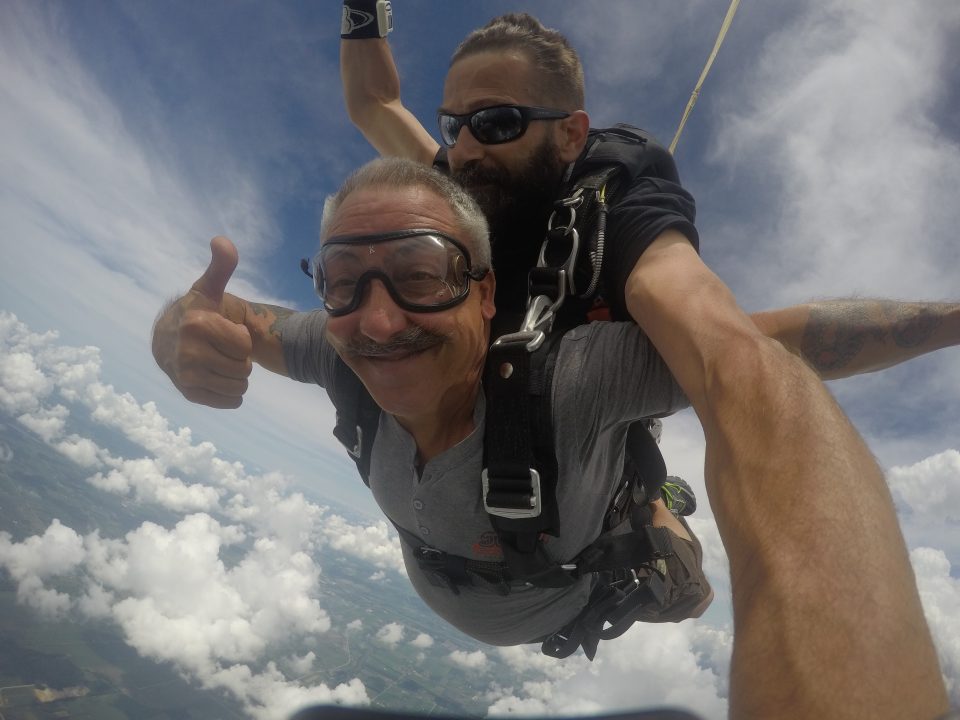
7. Is it expensive to skydive?
Skydiving prices will vary from facility to facility. When considering the cost of a skydive, it is important to bear in mind that it is not the best idea to shop for a skydive based on price. The quality of the experience can often be correlated to the price. At Wisconsin Skydiving Center, our prices reflect the investment we have made into our equipment and the quality of our instructors, as well as the caliber of experience our customers can expect to receive. There’s more to skydiving than just jumping from a plane!
8. How fast do you fall when you skydive?
During the freefall portion of a typical tandem skydive, terminal velocity is reached at around 120 mph. This speed will differ with different methods of body flight.
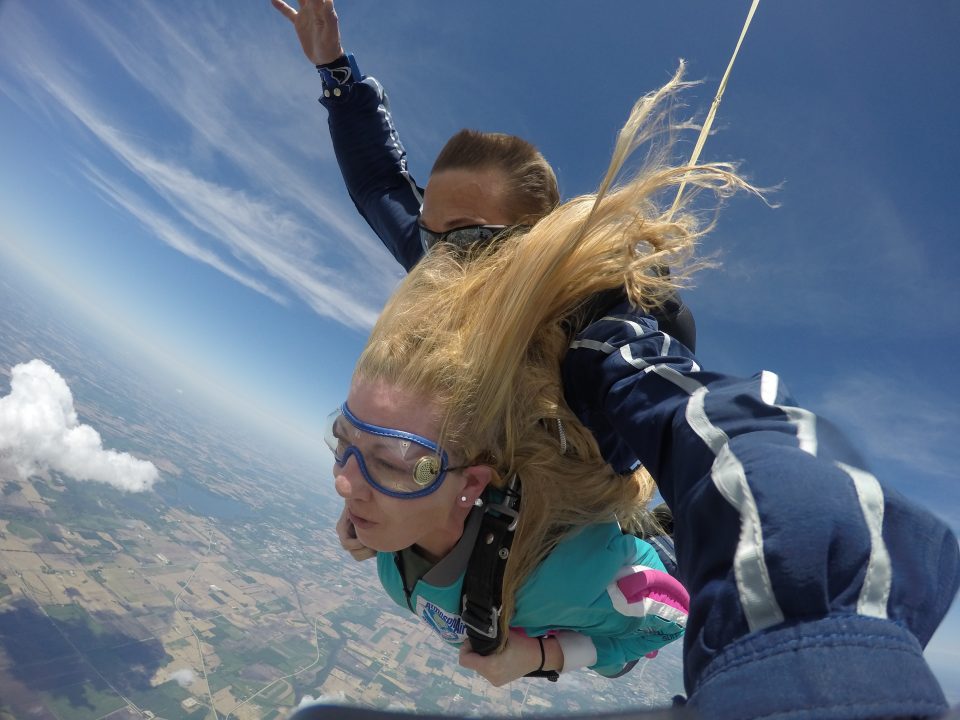
9. Is it OK to eat before skydiving?
Somewhere along the way, the notion that you should not eat before skydiving took a pervasive hold. This is simply not true. While you should not eat anything excessively heavy or greasy, it is a good idea to have a light meal before you join us for your jump and to bring a few snacks along with you in case you get hungry while you wait. Eating regularly will help to keep your blood sugar levels consistent throughout the experience and help prevent you from feeling nauseous during and after the jump.
10. What does tandem skydiving mean?
Tandem skydiving means that the student is attached to the instructor on the jump. Like a tandem bicycle, on a tandem skydive, two individuals, an instructor and a student, share a parachute system. By far, tandem skydiving is one of the most accessible forms of skydiving today!
Categories:
You May Be Interested In:
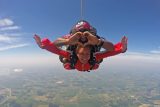
23 of the Best Skydiving Quotes and Captions for Social Media
2 months ago by Wisconsin Skydiving Center
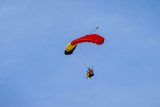
What Is Swooping In Skydiving?
4 months ago by Wisconsin Skydiving Center
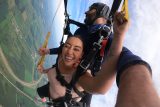
Why is Starting Out Tandem Skydiving a Good Idea?
12 months ago by Wisconsin Skydiving Center
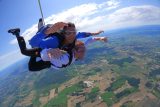
Should You Tip Your Skydiving Instructor?
1 year ago by Wisconsin Skydiving Center